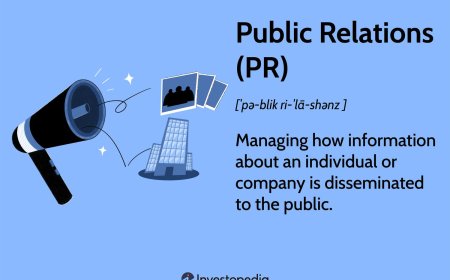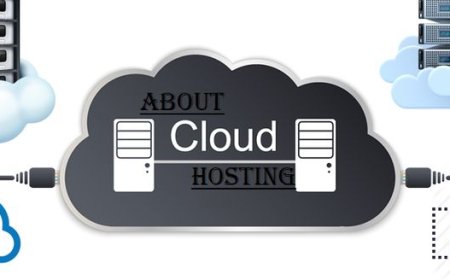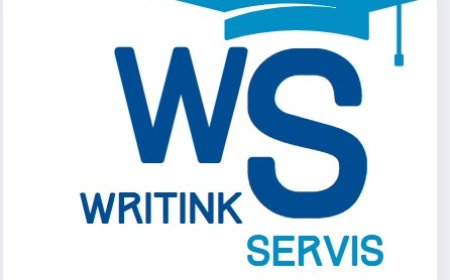The Role of Communication Tools in Permit to Work Systems

In every workplace, safety isn't just a policy—it's a priority. Especially when dealing with high-risk activities like confined space entries, hot work, or working at height, ensuring a safe and structured process is essential. That’s where permit to work systems come in. But there's a crucial component that often determines the success or failure of these systems—communication tools.
Imagine a workplace where no one really knows what the other team is doing. One group might be repairing an electrical panel, while another unknowingly begins a welding job nearby. The results could be catastrophic. This is why effective communication is the backbone of any well-functioning permit to work process.
Read more on how the NEBOSH course fee aligns with the value of practical safety training.
Understanding Permit to Work Systems in Simple Terms
A permit to work system is a formal-written process used to control certain types of hazardous work. It ensures that the work is properly authorized, hazards are identified, and suitable precautions are in place. From construction sites to chemical plants, this system prevents accidents and ensures compliance with health and safety standards.
Now, think about all the people involved—workers, supervisors, engineers, safety officers. How do they all stay on the same page? The answer lies in clear and efficient communication.
A safety officer once shared a story about a worker who was nearly exposed to toxic fumes simply because the cleaning crew wasn’t informed a permit was still active. It was a misstep in communication, not in intention.
The Critical Role of Communication Tools
Let’s break this down. What do we mean by communication tools in the workplace? These can include:
-
Two-way radios
-
Mobile apps or digital permit software
-
Email alerts
-
Printed permits with signage
-
Visual aids like safety boards or color-coded tags
-
Daily briefing checklists
Each tool plays a unique role depending on the nature of the job and the size of the team.
Why Communication Tools Matter
Poor communication is one of the most common reasons for workplace incidents. Whether it’s a missing signature, a wrongly assumed job completion, or miscommunication between departments—small lapses can lead to serious outcomes. With the right tools, you can:
-
Ensure real-time updates about job status
-
Alert team members instantly about changes in the work environment
-
Provide a record of authorization and safety checks
-
Coordinate across departments for high-risk activities
Step-by-Step: How to Use Communication Tools Effectively
Let’s walk through a practical approach to integrating communication tools into your permit to work system.
Step 1: Pre-Work Briefings
Before any high-risk job begins, hold a toolbox talk or safety briefing. Use printed permits, digital screens, or mobile apps to share details like:
-
Job scope
-
Identified hazards
-
Required PPE (Personal Protective Equipment)
-
Emergency procedures
Tip: Use visual aids like charts or hazard maps to improve understanding. Not everyone absorbs information the same way.
Step 2: Digital Permit Platforms
Many organizations now use mobile-friendly platforms for managing permits. These tools allow workers to:
-
View active permits
-
Get notifications about changes or expirations
-
Upload photos or checklists in real-time
This not only speeds up the process but also reduces paperwork errors.
Step 3: Real-Time Monitoring and Alerts
Communication tools like two-way radios or push notifications are essential for live updates. For instance, if there’s a gas leak detected while someone is inside a confined space, a fast alert system can save lives.
Improving Safety Culture with Better Communication
Communication isn’t just about tools. It’s also about culture. When workers feel comfortable reporting issues and asking questions, the whole system becomes more effective. Open channels of communication should be encouraged at all times.
Training plays a big part here. A well-structured safety training course, such as a globally recognized qualification, helps employees understand why communication is crucial.
Speaking of training, many professionals consider pursuing certification through programs like NEBOSH. Understanding how to implement strong communication in permit to work systems is a key part of that training.
A factory supervisor once mentioned that after completing a professional training program, he realized how small changes—like adding walkie-talkies for every shift—dramatically improved response time in emergencies.
Real-Life Applications of Communication Tools
Scenario 1: Electrical Maintenance Work
An electrician needs to isolate a power source for repair. Using a digital permit platform, he checks that the permit is approved, and all steps are confirmed by the supervisor. A physical sign is also placed on the breaker panel to alert others.
Scenario 2: Confined Space Entry
A worker enters a storage tank. The entry is authorized with a digital permit. A spotter on-site uses a radio to communicate with the entrant. If any readings change or there’s a sign of danger, the spotter immediately calls for backup.
In both cases, a combination of digital tools, physical signage, and direct communication ensures that safety remains the top priority.
Challenges and How to Overcome Them
Despite their importance, communication tools are sometimes underutilized or poorly integrated. Common issues include:
-
Lack of training on how to use digital tools
-
Language barriers in multinational teams
-
Resistance to change from traditional methods
-
Poor internet connectivity in remote areas
Solutions:
-
Offer multilingual instructions or visuals
-
Provide hands-on training sessions
-
Implement hybrid systems (digital + physical)
-
Use tools that work offline or have backup power
The Bigger Picture: Reducing Workplace Hazards
Ultimately, communication tools are a form of hazard control. They help prevent incidents by making sure everyone understands what’s happening and what safety steps are needed.
In places where permit to work systems are common, the risks are often high—chemical exposure, electrical shock, fire hazards. Effective communication turns uncertainty into clarity and chaos into coordination.
Explore the growing interest in NEBOSH in Pakistan to understand how global standards are shaping local safety practices.
Final Thoughts
When it comes to workplace safety, especially in high-risk environments, there's no room for error. The permit to work system provides the structure, but communication tools bring it to life. Whether it’s a simple walkie-talkie or a full-featured mobile app, using the right tools at the right time can make all the difference.
As organizations grow and tasks become more complex, it's important to stay updated and keep improving. Workers, supervisors, and management must all commit to the same goal—keeping each other safe through clear and reliable communication.




































